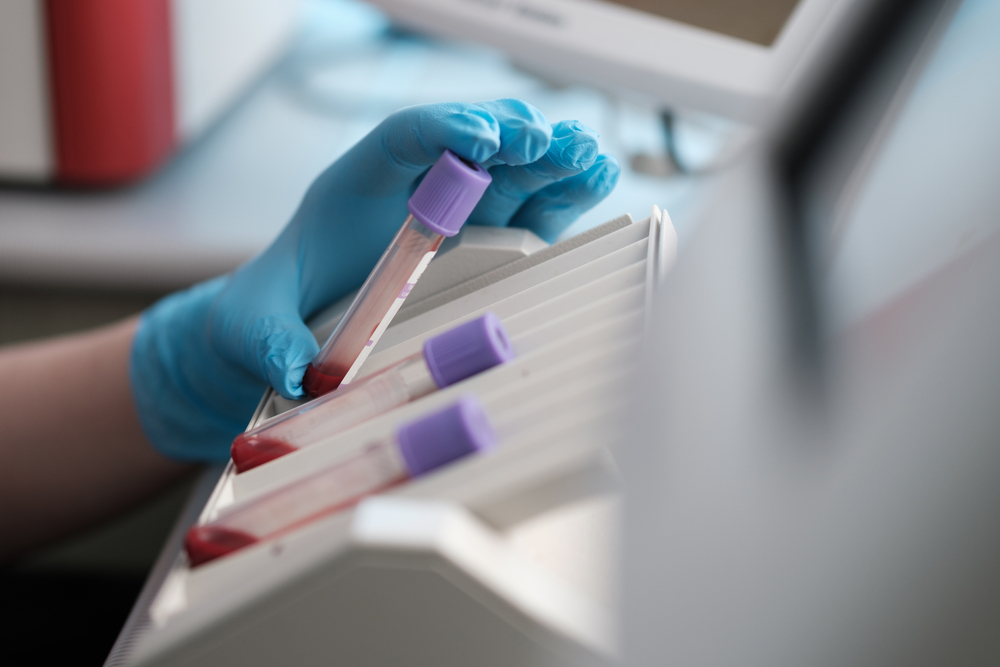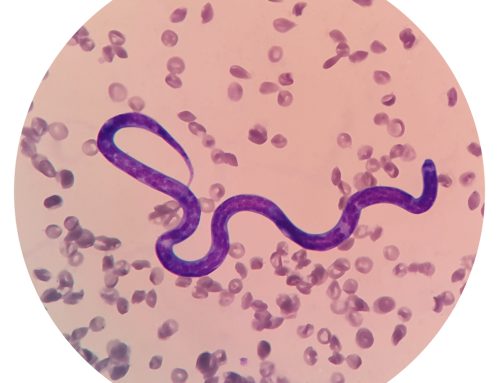Organ dysfunction—especially chronic kidney disease (CKD)—is a common problem in pets. While you may have heard about the disease, you may not know the seriousness of this condition. Many myths surround CKD and its effect on pets, but untruths can ultimately result in a lack of diagnosis and treatment and a poor quality of life for your pet.
Join our Twin Maples Veterinary Hospital team as we dispel common myths and uncover the truth about CKD in pets.
Myth: The kidneys are responsible only for making urine
Truth: The kidneys’ main function is urine production and elimination, but kidneys do much more. Other responsibilities include:
- Water and nutrient conservation
- Electrolyte and fluid level regulation
- Waste product filtration
- Toxin removal from the blood
- Stimulation of red blood cell production
- Blood pressure regulation
- Hormone production
If your pet’s kidneys fail to work properly, metabolic waste products accumulate in the blood and your pet will feel ill. The kidneys also cannot concentrate urine appropriately, which leads to excessive urination and thirst.
Myth: Chronic kidney disease affects only old cats
Truth: While senior felines are the largest demographic affected by CKD, renal failure can occur in any pet at any age. Kidney dysfunction can develop because of:
- Normal aging changes
- Traumatic injuries
- Infections that target the kidneys (e.g., Lyme disease, leptospirosis)
- Toxin ingestion (e.g., grapes, raisins, antifreeze)
- Medication overdose
- Diabetes
- Altered blood pressure
- Autoimmune diseases
- Cancers
Some pets are more at risk for developing kidney issues because of breed disposition and may suffer with kidney dysfunction from birth. Canine breeds most at risk for kidney disease include German shepherds, Alaskan malamutes, and bull terriers, while Persian, Abyssinian, Siamese, or Maine Coon cats have an increased risk.
Myth: I would know if my pet had chronic kidney disease
Truth: Unless your pet develops severe, acute kidney failure, you likely won’t know they have any problem until the disease has reached advanced stages—CKD signs typically do not appear until at least two-thirds of kidney function is lost. Because the kidneys can no longer keep up with filtration and water conservation, clinical signs that become apparent may include:
- Excessive thirst and urination
- Nausea and vomiting
- Inappetence
- Weight loss
- Diarrhea or constipation
- Lethargy
- Unkempt hair coat
- Pale mucous membranes
- Bad breath
- Oral ulcers
Myth: Standard screening tests can detect early chronic kidney disease
Truth: Standard screening tests that evaluate kidney function do not pick up on issues until about the same time clinical signs appear. As much as 75% of kidney function can be lost before changes will be detected on standard screening tests, which include:
- Blood work — A complete blood count (CBC) and blood chemistry profile quantify blood cells, assess organ function, and analyze electrolytes. Blood work changes that indicate CKD generally include a decreased red blood cell count (i.e., anemia), increased blood urea nitrogen (BUN), and increased creatinine (CRE). Electrolyte levels can also be altered, depending on the disease stage.
- Urinalysis — A urinalysis is an essential test for assessing kidney function and is used to determine urine concentration and any cellular components that may indicate infection, inflammation, or kidney damage.
Myth: No tests can diagnose early stage kidney disease

Truth: Although standard screening tests are beneficial for assessing your pet’s overall health status, they cannot pick up on early stage kidney disease. However, a new test can. SDMA testing can detect kidney dysfunction much earlier in the disease process, so is invaluable when routine screening at-risk pets. This test measures the concentration of symmetric dimethylarginine (SDMA), a waste product of protein metabolism. Since the kidneys are the body’s filtration system, the SDMA value will rise with kidney dysfunction.
The distinction between SDMA testing and a standard blood chemistry panel is the SDMA test’s sensitivity and specificity. An SDMA test will identify changes when only 25% of kidney function is lost. Additionally, the SDMA value is not influenced by your pet’s body condition, muscle, mass, or potential disease states.
Ideally, all pets should undergo annual screening tests to detect diseases in their earliest stages. Depending on your pet’s age, health status, and CKD risk, SDMA testing should also be included in their early detection testing for a complete kidney health picture. Early detection allows for more effective intervention in the initial disease stages, giving your pet a longer, better quality of life.
Keep your pet healthier for longer with routine screening visits that include early detection tests. Give our Twin Maples Veterinary Hospital team a call to set up your furry pal’s next preventive care visit.









Leave A Comment